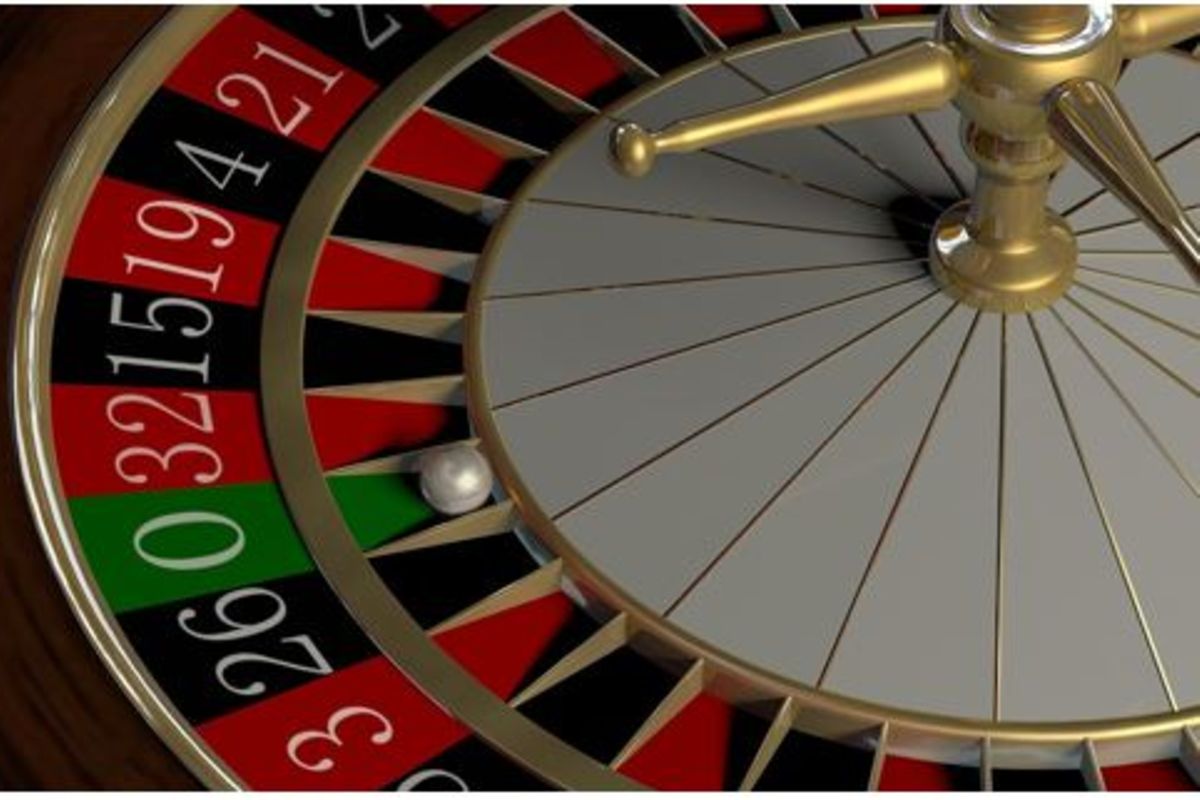
Within a vibrant and stimulating world of gaming establishments, wherein luck and tactics intertwine, color and design play a key role in attracting gamblers. Điều Khoản Điều Kiện 69VN From the moment players step inside a casino or access a gaming website, they are immersed in a visual feast that grabs their attention and entices them to discover further. Bright colors, engaging graphics, and creative layouts are meticulously crafted to create an environment of thrill and anticipation, ultimately enhancing the gaming experience.
While players move through the dynamic landscape of casino games, they encounter a range of designs that not only serve aesthetic purposes but also influence emotions and choices. Hues like scarlet and gold symbolize riches and luck, while calm blues and emeralds can create a more tranquil environment. Grasping how these elements work together allows casinos to create an welcoming and energizing atmosphere that encourages players to engage with the games, invest additional time at the tables, and increase their general enjoyment.
The Study of Color in Gaming Establishments
Hue plays a key role in the design of casino games, influencing players’ feelings and responses. Vivid and bold colors, such as red and amber, are often used to incite thrill and attract focus. These colors create a feeling immediacy and dynamism, encouraging players to involve themselves more eagerly with the activity. By intentionally selecting colors, designers aim to inspire feelings of satisfaction and expectation, which can enhance the complete game experience.
Different hues also have psychological connotations that can impact how players perceive their odds of success. For example, lime is frequently associated with fortune and abundance, making it a frequent choice in games like the roulette wheel and poker tables. This association can lead participants to feel more optimistic and confident in their gameplay, ultimately encouraging them to stake more. Comprehending these associations allows game designers to create environments that enhance player happiness and loyalty.
In addition, the interface of gaming interfaces often employs color gradients and differing hues to direct players’ actions. For example, successful results may be highlighted with vivid, contrasting shades, creating a visual cue. 69VN This approach reinforces positive outcomes and encourages repeated gameplay. By leveraging the psychology of color, gambling establishments can develop activities that not only attract participants but also keep them engaged and invested in their play experience.
Design Features that Attract Gamers
The visual appeal of gambling games is primarily influenced by the implementation of bold colors. Bright and contrasting colors are strategically chosen to create an inviting atmosphere that captures interest. For example, crimson and golds often signify luck and wealth, which is why they are prevalent in the palettes of slot machines and game surfaces. These colors not only draw players in, but they also stir emotions associated with excitement and anticipation, enhancing the total gaming experience.
In parallel to color, the aesthetic and layout of casino games play a crucial role in captivating players. Games are designed to be user-friendly, ensuring that players can quickly understand the rules and mechanics. User-friendly interfaces, along with engaging graphics and animations, help maintain player interest and promote longer play sessions. The tactile elements, such as the feel of the buttons and the sounds of the games, also contribute to a comprehensive sensory experience that keeps players immersed.
Finally, thematic elements in gaming design can greatly influence gaming decisions. Many gambling games are inspired by media, myths, or exploration motifs, incorporating symbols and characters that connect with players. These themes create a sense of immersion and relatability, making each game feel distinct. When players feel a bond to the concept, they are more likely to choose that game over others, leading to increased participation and excitement within the casino environment.
Case Studies: Effective Gambling Game Designs
One key example of effective casino game design is the acclaimed slot machine series based around hit movies. Games such as those based on the Wizard of Oz and Game of thrones utilize dynamic colors and high-quality graphics to engage players in familiar narratives. The use of lively visuals and entertaining sound effects grabs the attention of players, building an affective connection to the theme. This strategy not only promotes longer play but also boosts the overall gaming experience, yielding increased player retention.
Another successful case is the use of the psychology of color in table games like blackjack and roulette. Casinos often develop these games with deep reds and greens, colors traditionally linked with luck and wealth. For instance, the green felt on a blackjack table provides a calming effect, while the red accents in roulette invite excitement. This intentional use of color helps to establish an inviting atmosphere that motivates players to engage, addressing their psychological impulses and increasing their enjoyment.
Finally, social casino games that include social features and bright, dynamic designs have seen remarkable success in engaging players. Games like Zynga’s Poker and Slotomania leverage bright colors and playful animations to forge an inviting online environment. The integration of leaderboards, community sharing options, and in-game rewards fosters competition and community, drawing players in for longer sessions. Such designs not only make the games visually enticing but also underscore social interaction, a key factor in player retention and engagement within digital casino environments.
